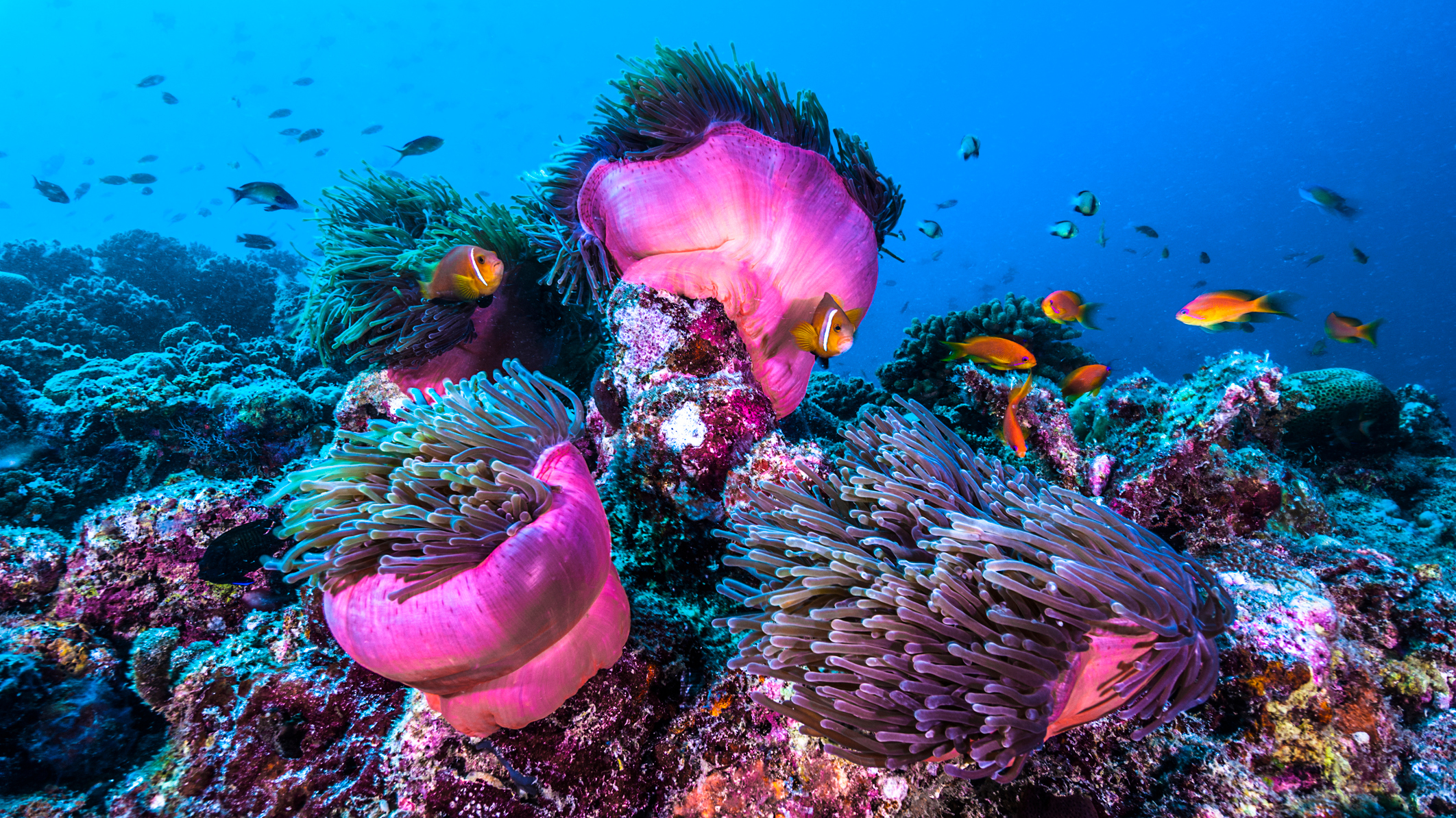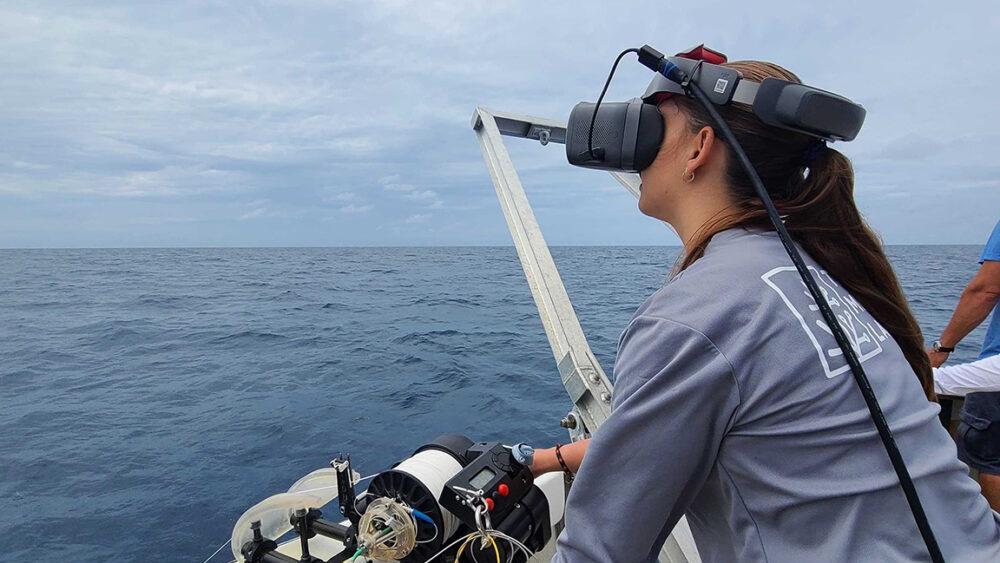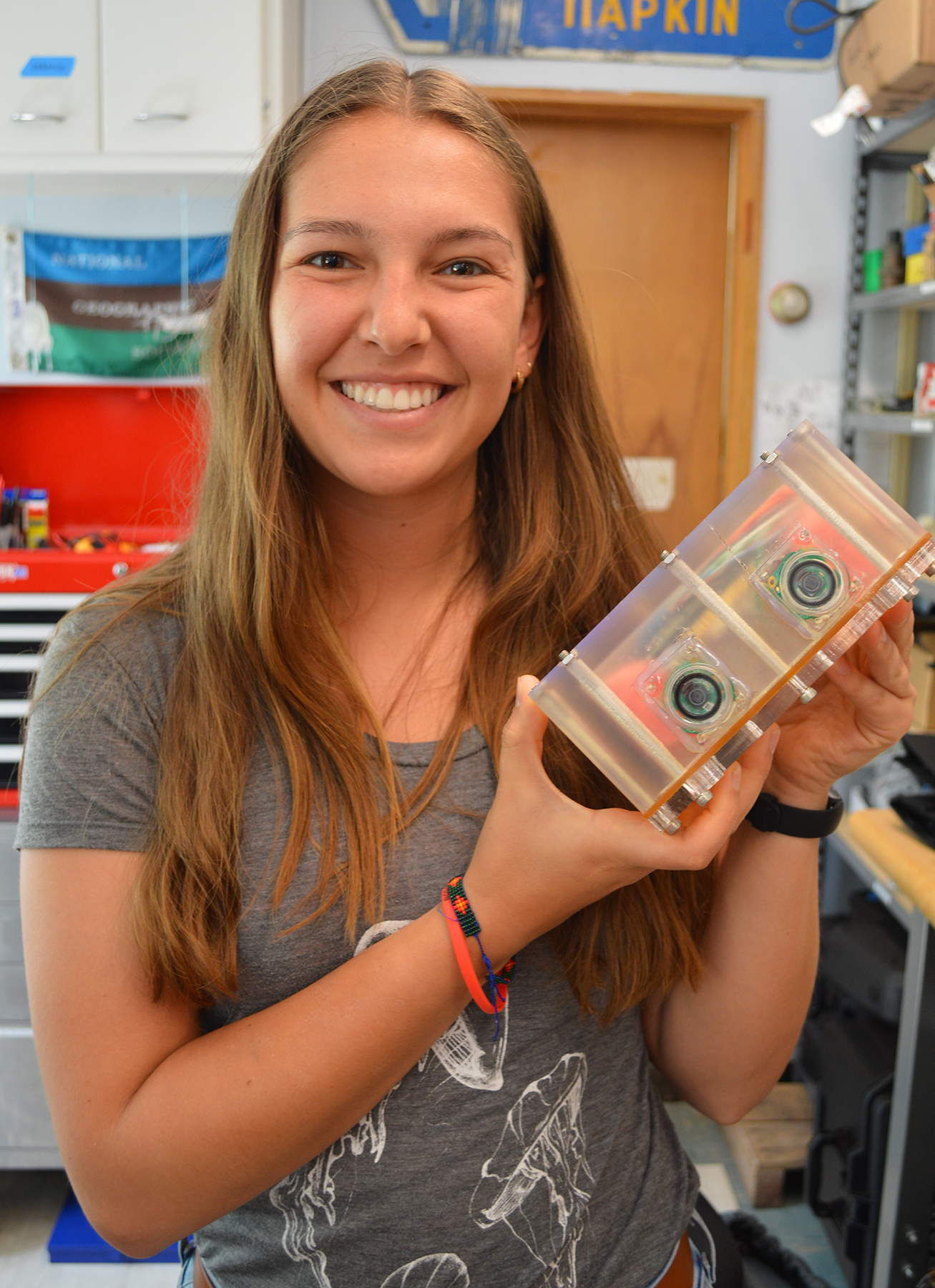Marine science graduate develops super cool 3D model camera to help coral reefs
Alex Runyan has developed an affordable camera that will make monitoring coral reefs more acessible for everyone

A graduate from the University of Rhode Island (URI) has developed a camera that could help save one of the world’s most fragile ecosystems, coral reefs. The 3D printed camera was developed by marine scientist Alex Runyan and although it looks like a toy camera, it can monitor coral reef ecosystems by creating 3D models of them.
Coral reefs are found in tropical destinations all around the world and while some of the best waterproof cameras are great for photographing them, they do little to help monitor how they are changing over time. Countries such as Australia, Indonesia, the Philippines and Fiji have beautiful coral reefs but due to higher ocean temperatures and ocean acidification, many of them are dying.

While monitoring coral reefs can be done using sonar there are some limitations as URI graduate Alex explains. “There’s a difference between 3D and sonar; with sonar you can get some three-dimensionality; however, with this, you can get fine detail coloration of those ecosystems, which is especially important when it comes to monitoring corals because those colors are signs of its health.”
• Read more: Best action cameras
Another benefit of Alex’s camera over other technology for studying coral reefs is cost. Not only can the equipment to study coral reefs cost tens of thousands, but you’d also need to hire a research vessel and crew. Alex’s version with labor and materials would cost between $60 and $100, making it more accessible for many.

The camera itself is 3D printed with resin and houses two lenses within the Plexiglass that are used simultaneously. The information from both lenses is measured and the difference between them is what creates the 3D image.
Alex recently took the camera on its first test voyage in Bermuda but the fiber optics cables she was using lost connection with the unit due to kinks and breaks in the cables that interfere with the transfer. Alex explains, “We learned that the fiber optics have a limited shelf life, and the results would vary based on the number of times the cable went into the water.”
Get the Digital Camera World Newsletter
The best camera deals, reviews, product advice, and unmissable photography news, direct to your inbox!
With a new set of fiber optics reels, Alex tested the camera again reaching depths of 75 meters. Using a virtual reality headset, Alex was able to control the camera and collect a decent amount of data. She hopes that this technology will not only be used to monitor coral reefs but also to explore the deep sea with a few modifications.
The low cost of Alex’s camera is a massive advantage as it makes marine conservation and monitoring accessible to more people. Coral reefs tend to be in areas where people can’t afford expensive equipment or large research vessels and this makes it possible for anyone with an interest in coral reefs to monitor the changes in them. This might be one small step for camera technology but one big leap for the future of coral reefs.
Read more:
Best underwater housing for cameras and phones
Best underwater drones
Best underwater fishing camera

Having studied Journalism and Public Relations at the University of the West of England Hannah developed a love for photography through a module on photojournalism. She specializes in Portrait, Fashion and lifestyle photography but has more recently branched out in the world of stylized product photography. Hannah spent three years working at Wex Photo Video as a Senior Sales Assistant, using her experience and knowledge of cameras to help people buy the equipment that is right for them. With eight years experience working with studio lighting, Hannah has run many successful workshops teaching people how to use different lighting setups.
